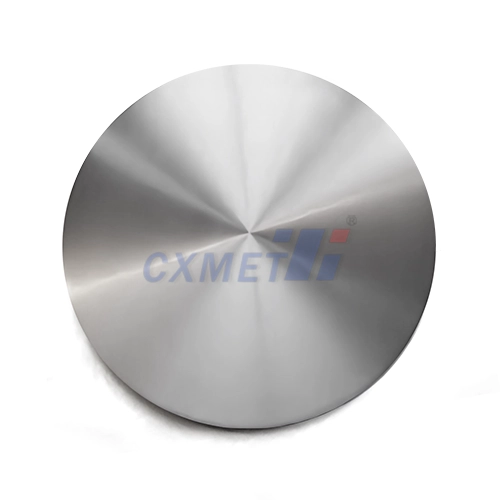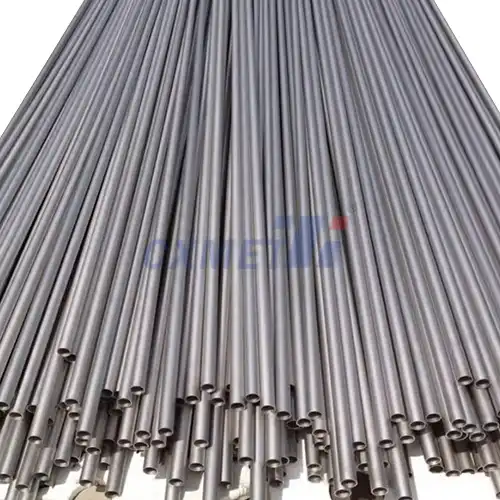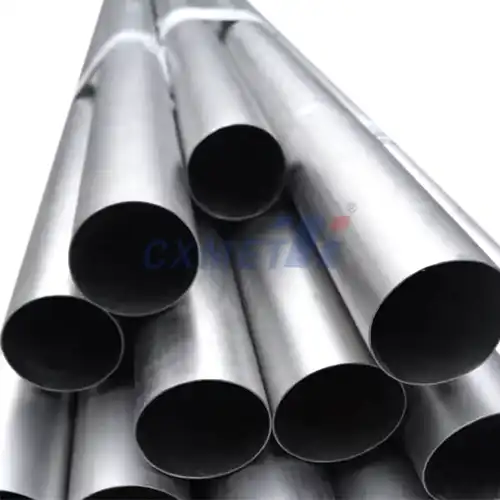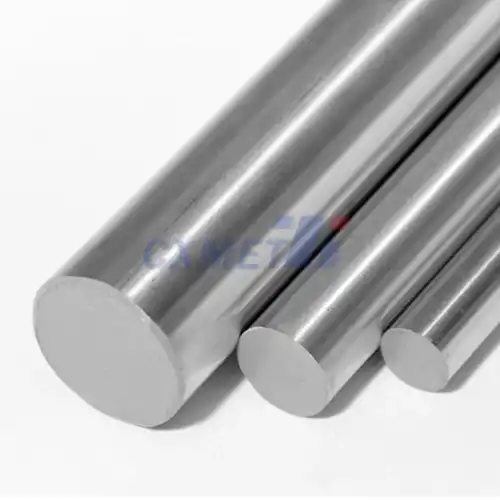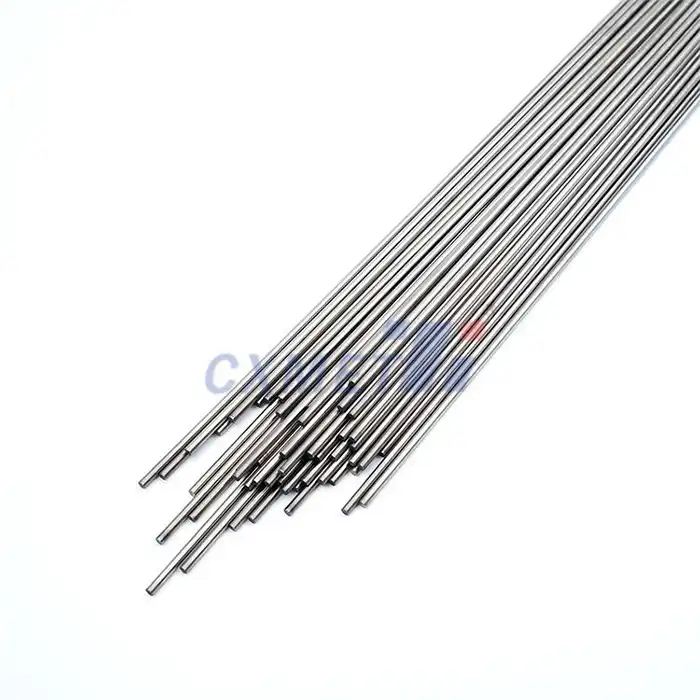- English
- French
- German
- Portuguese
- Spanish
- Russian
- Japanese
- Korean
- Arabic
- Greek
- German
- Turkish
- Italian
- Danish
- Romanian
- Indonesian
- Czech
- Afrikaans
- Swedish
- Polish
- Basque
- Catalan
- Esperanto
- Hindi
- Lao
- Albanian
- Amharic
- Armenian
- Azerbaijani
- Belarusian
- Bengali
- Bosnian
- Bulgarian
- Cebuano
- Chichewa
- Corsican
- Croatian
- Dutch
- Estonian
- Filipino
- Finnish
- Frisian
- Galician
- Georgian
- Gujarati
- Haitian
- Hausa
- Hawaiian
- Hebrew
- Hmong
- Hungarian
- Icelandic
- Igbo
- Javanese
- Kannada
- Kazakh
- Khmer
- Kurdish
- Kyrgyz
- Latin
- Latvian
- Lithuanian
- Luxembou..
- Macedonian
- Malagasy
- Malay
- Malayalam
- Maltese
- Maori
- Marathi
- Mongolian
- Burmese
- Nepali
- Norwegian
- Pashto
- Persian
- Punjabi
- Serbian
- Sesotho
- Sinhala
- Slovak
- Slovenian
- Somali
- Samoan
- Scots Gaelic
- Shona
- Sindhi
- Sundanese
- Swahili
- Tajik
- Tamil
- Telugu
- Thai
- Ukrainian
- Urdu
- Uzbek
- Vietnamese
- Welsh
- Xhosa
- Yiddish
- Yoruba
- Zulu
What are the Standard Specifications for Titanium Socket Weld Flanges?
2024-08-08 17:40:31
Titanium socket weld flanges are critical components in various industrial applications, particularly in corrosive environments and high-pressure systems. These flanges are known for their exceptional strength-to-weight ratio, corrosion resistance, and ability to withstand extreme temperatures. Understanding the standard specifications for titanium socket weld flanges is essential for engineers, manufacturers, and end-users to ensure proper selection, installation, and performance in their specific applications.
How are titanium socket weld flanges manufactured?
The manufacturing process of titanium socket weld flanges is a complex and precise procedure that requires specialized equipment and expertise. The process typically begins with the selection of high-quality titanium alloys, such as Grade 2 or Grade 5 (Ti-6Al-4V), depending on the specific application requirements.
The first step in the manufacturing process is forging or machining the raw titanium material into the basic flange shape. Forging involves heating the titanium to high temperatures and shaping it using powerful hydraulic presses or hammers. This process helps improve the material's strength and grain structure. Alternatively, machining can be used to cut and shape the titanium into the desired flange form, especially for smaller production runs or custom designs.
After the initial shaping, the flange undergoes precision machining to create the specific dimensions and features required for socket welding. This includes creating the socket bore, which is slightly larger than the pipe's outer diameter to allow for proper welding. The flange face is also machined to achieve the desired surface finish and flatness, which is crucial for proper sealing when mated with another flange.
Heat treatment is often performed to enhance the mechanical properties of the titanium flange. This process involves carefully controlled heating and cooling cycles to optimize the material's strength, ductility, and stress resistance. The specific heat treatment parameters depend on the titanium grade and the intended application of the flange.
Quality control is a critical aspect of the manufacturing process. Each flange undergoes rigorous inspection and testing to ensure compliance with industry standards and customer specifications. This may include dimensional checks, non-destructive testing (such as ultrasonic or radiographic inspections), and material composition analysis.
Surface treatment is the final step in the manufacturing process. This may involve chemical cleaning to remove any contaminants, passivation to enhance corrosion resistance, or the application of protective coatings for specific environmental conditions. Some titanium socket weld flanges may also undergo anodizing to create a decorative and protective oxide layer on the surface.
The manufacturing process for titanium socket weld flanges requires strict adherence to industry standards, such as ASME B16.5 or ANSI B16.5, which define the dimensional and performance requirements for various flange types and pressure ratings. Manufacturers must also comply with material specifications like ASTM B381 for titanium forgings or ASTM B348 for titanium bar stock.
In recent years, advanced manufacturing technologies like Computer Numerical Control (CNC) machining and 3D printing have been increasingly utilized in the production of titanium socket weld flanges. These technologies offer greater precision, flexibility in design, and the ability to produce complex geometries that may be difficult to achieve through traditional manufacturing methods.
What are the key factors to consider when selecting titanium socket weld flanges?
Selecting the appropriate titanium socket weld flange for a specific application is a critical decision that can significantly impact the performance, safety, and longevity of a piping system. Several key factors must be carefully considered to ensure the optimal choice:
1. Operating Conditions: The first and foremost consideration is the operating environment in which the flange will be used. This includes factors such as temperature, pressure, and the nature of the fluid or gas being transported. Titanium flanges are known for their excellent performance in extreme conditions, but it's essential to match the specific grade of titanium to the application requirements. For instance, Grade 2 titanium is suitable for many corrosive environments, while Grade 5 (Ti-6Al-4V) offers higher strength for more demanding applications.
2. Pressure Rating: The pressure rating of the flange is crucial and must be selected based on the maximum operating pressure of the system, including any potential pressure surges. Titanium socket weld flanges are available in various pressure classes, typically ranging from 150# to 2500#. It's important to choose a flange with a pressure rating that exceeds the maximum expected system pressure to ensure safety and compliance with industry standards.
3. Temperature Range: Titanium's ability to maintain its mechanical properties across a wide temperature range is one of its key advantages. However, different titanium grades have varying temperature capabilities. For example, Grade 2 titanium is suitable for temperatures up to about 315°C (600°F), while Grade 5 can withstand higher temperatures. The selected flange must be able to perform reliably within the entire temperature range of the application.
4. Corrosion Resistance: One of the primary reasons for choosing titanium flanges is their exceptional corrosion resistance. However, the specific corrosion resistance can vary depending on the titanium grade and the corrosive media present. It's essential to evaluate the chemical composition of the fluid or gas in the system and select a titanium grade that offers adequate protection against potential corrosion mechanisms.
5. Compatibility: The titanium socket weld flange must be compatible with other components in the piping system, including the pipe material, gaskets, and bolting. This ensures proper sealing, prevents galvanic corrosion, and maintains the overall integrity of the system. For example, when using titanium flanges with dissimilar metals, it may be necessary to use insulating kits to prevent galvanic corrosion.
6. Size and Dimensions: The flange size must match the pipe size and conform to relevant industry standards such as ASME B16.5 or ANSI B16.5. This includes considerations for the bore size, outside diameter, bolt circle diameter, and thickness. Proper sizing ensures correct fit and alignment within the piping system.
7. Surface Finish: The surface finish of the flange face is critical for achieving a proper seal. Different surface finishes are available, such as smooth, serrated, or grooved, each suited for specific gasket types and sealing requirements. The choice of surface finish depends on factors like the type of gasket used, the fluid being transported, and the operating conditions.
8. Welding Requirements: Since these are socket weld flanges, consideration must be given to the welding process and any specific requirements for joining the flange to the pipe. This includes factors such as weld preparation, heat input control, and post-weld heat treatment if necessary. Proper welding procedures are crucial to maintain the integrity of the titanium and ensure a strong, leak-free connection.
9. Standards and Certifications: Ensure that the selected flanges comply with relevant industry standards and have the necessary certifications. This may include ASME, ANSI, or other international standards depending on the application and geographic location. Compliance with these standards ensures that the flanges meet minimum quality and performance requirements.
10. Cost and Availability: While titanium flanges offer superior performance in many applications, they are generally more expensive than flanges made from other materials. It's important to balance the long-term benefits of using titanium (such as reduced maintenance and longer service life) against the initial cost. Additionally, consider the availability of the specific flange type and size, as some configurations may have longer lead times.
By carefully evaluating these factors, engineers and specifiers can select the most appropriate titanium socket weld flange for their specific application, ensuring optimal performance, safety, and longevity of the piping system.
What are the common challenges in installing and maintaining titanium socket weld flanges?
Installing and maintaining titanium socket weld flanges presents unique challenges due to the material's properties and the critical nature of flange connections in piping systems. Understanding these challenges is essential for ensuring proper installation, optimal performance, and long-term reliability. Here are some of the common challenges and best practices for addressing them:
1. Welding Difficulties:
One of the primary challenges in installing titanium socket weld flanges is the welding process. Titanium is highly reactive at high temperatures and can easily absorb oxygen, nitrogen, and hydrogen from the atmosphere, leading to embrittlement and reduced mechanical properties. To overcome this:
- Use specialized welding techniques such as Gas Tungsten Arc Welding (GTAW) or plasma arc welding.
- Ensure a proper inert gas shield (usually argon) to protect the weld pool and surrounding heated areas from atmospheric contamination.
- Employ experienced welders who are certified for titanium welding.
- Conduct pre-weld cleaning to remove any surface contaminants that could compromise weld quality.
- Perform post-weld inspections, including visual checks and non-destructive testing, to verify weld integrity.
2. Thermal Expansion:
Titanium has a lower coefficient of thermal expansion compared to many other metals used in piping systems. This can lead to challenges in maintaining proper alignment and sealing, especially in systems with significant temperature fluctuations. To address this:
- Design the piping system with appropriate flexibility to accommodate differential thermal expansion.
- Use expansion joints or loops where necessary to reduce stress on flange connections.
- Ensure proper torquing of bolts during installation and re-torquing after initial thermal cycles.
3. Galling and Seizing:
Titanium is prone to galling, especially when in contact with itself or other metals under high loads or during tightening. This can lead to seized bolts or damaged flange surfaces. To prevent galling:
- Use appropriate anti-galling compounds or lubricants on bolt threads and nut faces.
- Consider using bolt materials that are less prone to galling with titanium, such as certain grades of stainless steel or nickel alloys.
- Implement proper bolt tightening procedures, including sequential and gradual torquing patterns.
4. Galvanic Corrosion:
When titanium flanges are used in conjunction with dissimilar metals, there's a risk of galvanic corrosion due to the electrochemical potential difference. To mitigate this risk:
- Use insulating kits, including non-conductive gaskets and bolt sleeves, to electrically isolate the titanium flange from other metals.
- Consider the use of sacrificial anodes in some applications to protect less noble metals in the system.
- Design the system to minimize contact between titanium and dissimilar metals where possible.
5. Surface Protection:
Titanium forms a natural protective oxide layer, but this layer can be damaged during handling or installation. To maintain the corrosion resistance of titanium flanges:
- Handle flanges with care during transportation and installation to avoid surface scratches or damage.
- Use appropriate cleaning methods that do not compromise the passive layer.
- Consider anodizing or other surface treatments for additional protection in severe environments.
By understanding and proactively addressing these challenges, organizations can maximize the benefits of using titanium socket weld flanges while minimizing potential issues during installation, operation, and maintenance. This approach ensures the long-term reliability and performance of titanium flange connections in critical piping systems.
At SHAANXI CXMET TECHNOLOGY CO., LTD, we take pride in our extensive product range, which caters to diverse customer needs. Our company is equipped with outstanding production and processing capabilities, ensuring the high quality and precision of our products. We are committed to innovation and continuously strive to develop new products, keeping us at the forefront of our industry. With leading technological development capabilities, we are able to adapt and evolve in a rapidly changing market. Furthermore, we offer customized solutions to meet the specific requirements of our clients. If you are interested in our products or wish to learn more about the intricate details of our offerings, please do not hesitate to contact us at sales@cxmet.com. Our team is always ready to assist you.
References:
1. ASME B16.5 - Pipe Flanges and Flanged Fittings
2. ASTM B381 - Standard Specification for Titanium and Titanium Alloy Forgings
3. ASTM B348 - Standard Specification for Titanium and Titanium Alloy Bars and Billets
4. AWS D1.9/D1.9M - Structural Welding Code - Titanium
5. NACE MR0175/ISO 15156 - Materials for use in H2S-containing environments in oil and gas production
6. Titanium Information Group, "Welding of Titanium and its Alloys"
7. ASM International, "Titanium: A Technical Guide"
8. Schweitzer, P.A., "Corrosion of Linings and Coatings: Cathodic and Inhibitor Protection and Corrosion Monitoring"
9. American Petroleum Institute, "API Standard 6A - Specification for Wellhead and Tree Equipment"
10. International Organization for Standardization, "ISO 15156 - Materials for use in H2S-containing environments in oil and gas production"
